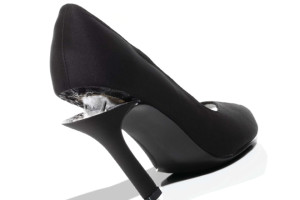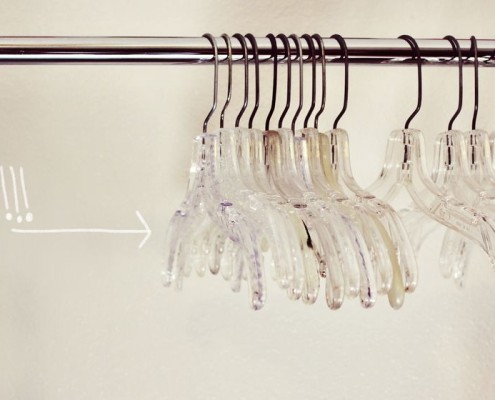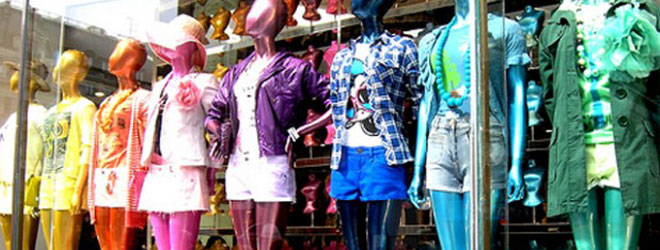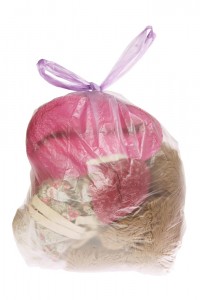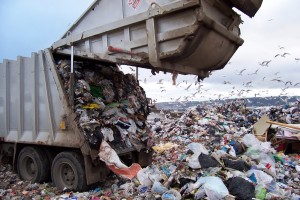John Oliver’s take on fast fashion
Just a few days ago, John Oliver talked about fast fashion brands like Joe Fresh and the Gap on his show. He called out these giant retailers and brands on their lack of supply chain management and for using child labour in their overseas factories.
People take one of two stands on this issue: either they condemn & boycott fast fashion companies and they buy locally and ethically made products; the other group believes that jobs are needed in these poor countries, and if children are willing to work to supplement their families low income, so they should.
Indeed, people do need jobs, especially in third world countries where there are usually large families and very low incomes. However, there is something to be said about work safety conditions and child labour. No child should have to work, because when they do (may it be in a garment sweatshop or out in the fields), you take them away from school. And an uneducated population has little to no chances of getting out of poverty.
What we should focus on is improving workplace safety and wages for adults employed in these factories. Supply chain management and transparency should be critical to any company, either small or large.
But, what can you do?
For starters, get out there and find a local designer that you really like and buy one or two pieces. Guaranteed that even if you pay more, it will last you longer and guess what, you just created a job for someone else, right in your backyard!
Search for fair trade products. Even overseas, there are factories that take pride on the quality of work they offer to their employees. We recently talked to SourceMyGarment.com a company based in Toronto that facilitates between designers and Indian factories, that are all fair trade. So if you are a designer that is ready to mas produce, consider them first, and if you are a fashionista – check the labelling for fair trade products.
Then start voicing your opinions, and help push these big companies towards a more transparent supply chain. Companies do listen, but it needs to be a strong voice in order to be heard out. So take on to social media or create a blog and demand fair wages and safe workplaces for all employees. Your voice will join others and together we can change an industry.


